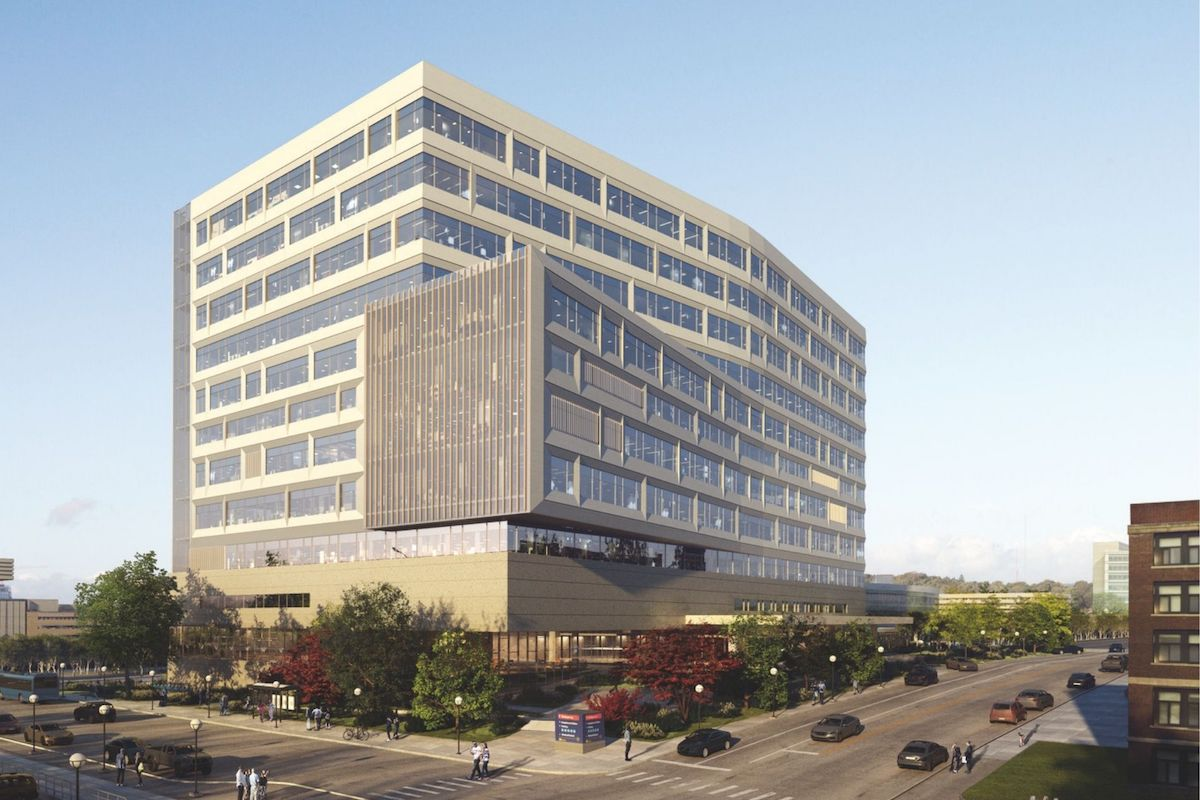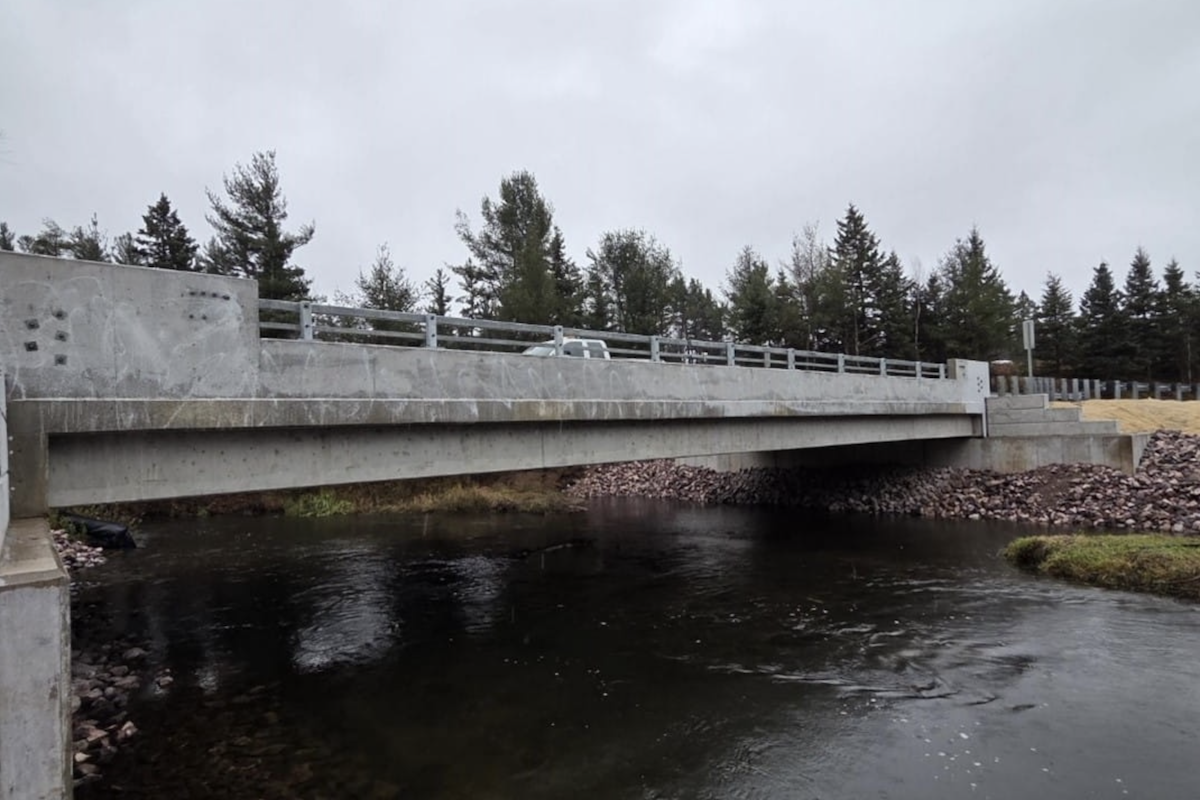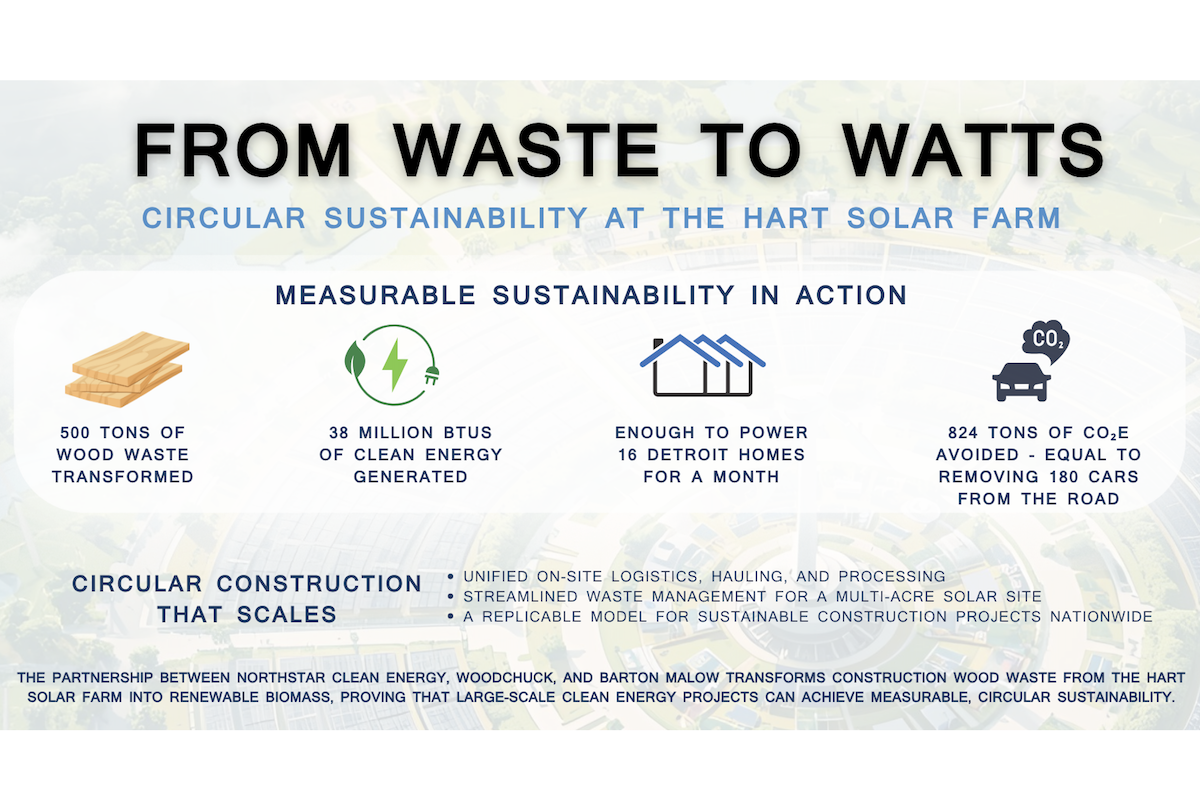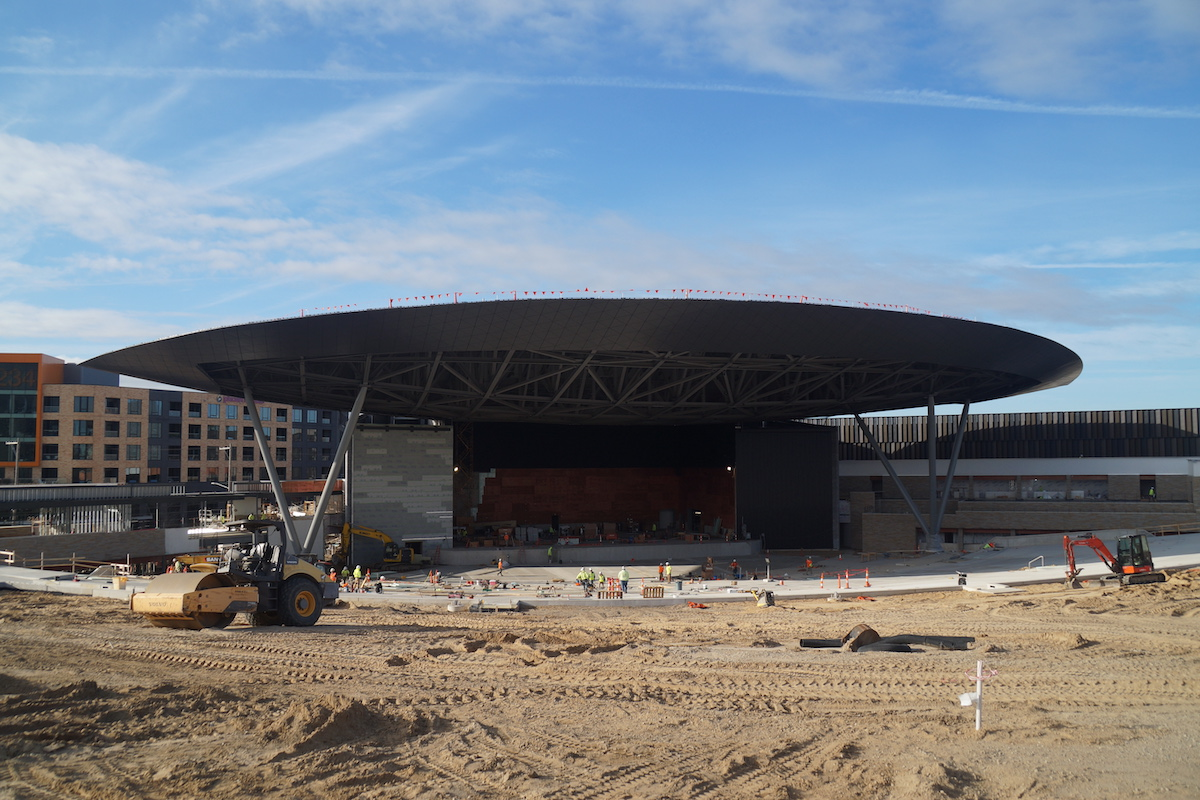“The airport has been on a steady growth pattern for the last 30 or 40 years,” said Bill Frye, President of the Hamilton County Airport Authority, which currently owns the airport, in a presentation about the expansion.
The airport in Zionsville opened in 1957 as Terry Airport with a 3,340-foot-long, north-south runway. In 1978, owners lengthened the runway, 18-36, to 5,160 feet long. The early 1990s brought an expansion of the runway to 5,500 feet long with an adjacent taxiway.
The airport remained a private investment until 2003, when Hamilton County acquired it and received federal grants to pay for the purchase. Public ownership brought new services. A new terminal and hangers were built.
The Hamilton County Airport Authority began planning the current 1,500-foot extension to the north-south runway in 2008, while developing an airport master plan, which reported the change from private to public ownership led to greater growth for the airport than anticipated.

| Your local Trimble Construction Division dealer |
|---|
| SITECH Michigan |
The existing runway at 5,500 feet had a grooved surface and was designed for 60,000 pounds dual wheel. The airport does not have an air traffic control tower. Pilots rely on visual guidance.
The Indianapolis area grew from 2010 to 2020, according to the U.S. Census. Boone County, the location of the airport, grew even more from 56,640 people in 2010 to 74,164 in 2022.
The Federal Aviation Administration (FAA) approved the master plan and current 1,500-foot-long Runway 18-36 extension. The process included acquisition of three properties. Commercial aircraft still will not take off or land at the airport. The project does not include any increase in load-bearing capacity, Frye said. The airport received environmental approval in 2014. Between that environmental acceptance and the grading of the runway extension, Woolpert installed a perimeter fence to prevent deer from entering the airfield.
Hamilton County Commissioner Mark Heirbrandt reported in a social media post that the Indianapolis Executive Airport is “the busiest noncommercial airport in the state that specifically caters to business travel or jet aircraft.”
It remains the fourth busiest general-aviation, public-use airport in the United States. In 2022, 29 business aviation operations occurred daily, and in total, 109 international departures took place.
Each year, 2,000 to 5,000 additional flights happen at the airport, said Airport Director Sam Sachs during a presentation. Currently about 41,000 operations occur annually.
The extension will allow airplanes to depart with more fuel, enabling them to reach more distant locations. It also will increase safety for those flying in and out of the airport, especially during inclement weather or the summer heat.
“Improving safety at the airport is always a goal,” Kowalkowski said.
Most of the funding came from federal dollars, with a $550,000 local share.
Jet Access of Greenfield, Indiana, serves as the fixed-base operator at the airport and Beck’s, a seed company, a major tenant. Jet Access participated in planning for the extension.
Long-range planning includes an additional extension and a crosswind runway for use by lighter aircraft, but no action is currently under consideration. Additionally, more hangers and maintenance facilities are planned.
The first phase of the project involved earthwork and was performed by White Construction of Clinton, Indiana, and Crider & Crider of Indianapolis. Crews moved 218,000 cubic yards of dirt. An on-site borrow pit and a roadway project provided needed soil. The new site had to remain the same elevation as the existing runway.
For drainage, crews installed nearly two miles of pipe, ranging from 6 inches to 48 inches in diameter. The airport watershed exits to a dry detention facility to the east.
Grading occurred using GPS equipment and temporary survey monuments.
“That helped them operate quicker,” Kowalkowski said.
The Harper Co. of Zionsville, Indiana, served as the prime subcontractor for concrete paving, which began in July 2023, again using GPS machine control. More than 4 lane miles were paved, consuming more than 28,000 square yards of concrete, obtained from an on-site batch plant. The concrete ranges in depth from 9 to 11 inches. The work included repaving a couple of panels where the new runway connects with the existing runway. Paving took place during the day with saw cutting of grooves at night.
Crews resurfaced the asphalt taxiway with a mill and overlay.
“It rehabilitated the existing connector at the end of the runway,” Kowalkowski said. “The pavement condition required it.”
The project secured a modification to FAA standards, allowing the team to obtain thickness of pavement measurements by survey, rather than taking core samples. The airport will retain those surveys.
“That reduced the amount of waste on the project, and the second thing it did was prevent potential future damage to the pavement around the core areas,” Kowalkowski said. “It’s something the FAA has not done elsewhere in the country, so this was a first trial for it. And it was successful.”
Woolpert installed more than 6.4 miles of electrical cable, and navigational aids, including new lights. The company relocated the glide slope equipment, part of the instrument landing system, by 1,500 feet.
Crews worked nights and weekends to allow the airport and this sole runway to remain operational during construction. No work took place over the winters. Multiple disciplines worked simultaneously.
“The phasing of the project required continual operation of the airport,” Kowalkowski said. “With multiple trades working at the same time, it was a busy project with coordination key.”
The extension brought the runway to 7,001 feet long by 100 feet wide, with the taxiway measuring the same length but 50 feet wide.
“You want to build it a little longer than 7,000 feet, due to the curvature of the earth,” Kowalkowski said. “We can guarantee, factoring in the curvature of the earth, it is more than 7,000 feet.”
Woolpert used drones to document progress on the project. Kowalkowski praised the entire team for working closely together to make the project happen.
The runway opened at the end of October 2023. It came in on schedule and below budget.
“Being able to reach a larger footprint is really going to help with growth in Hamilton and Boone counties,” Kowalkowski said. “It will entice other business to come to the airport as well. This is the only 7,000-foot general aviation runway in central Indiana.”
Photos courtesy of Woolpert










































































